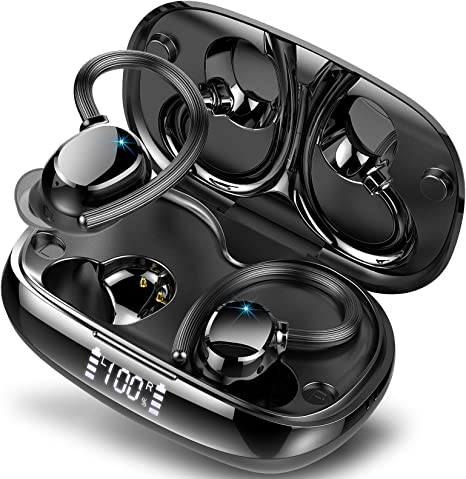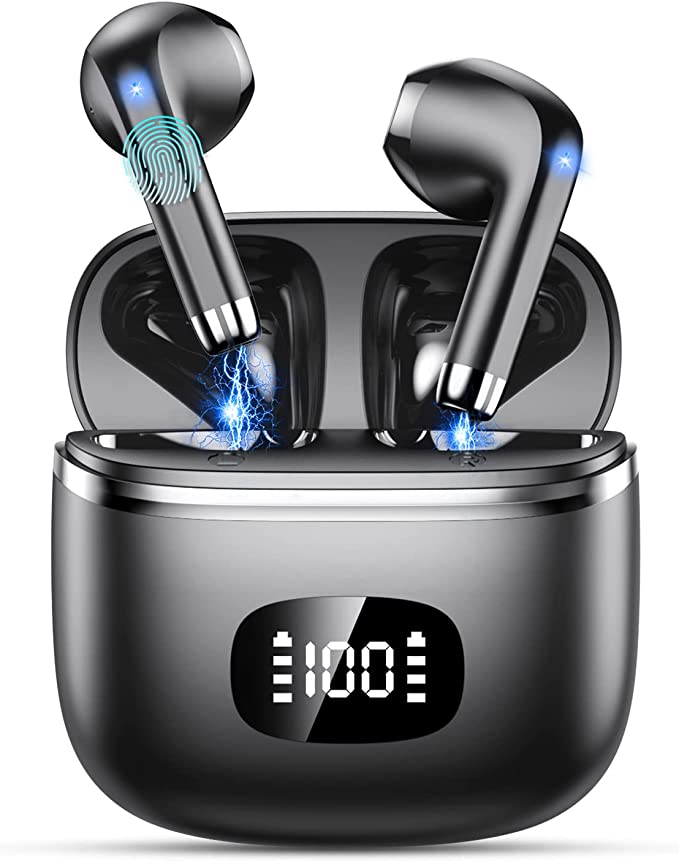B&H Classic Duck Baby Bath Thermometer: The Science Behind Safe & Comfortable Tub Time for Your Infant
Update on April 26, 2025, 2:20 p.m.
There’s a unique choreography to baby bath time, isn’t there? A delicate dance of warm water, gentle soap, tiny splashes, and those heart-melting giggles. Yet, beneath the surface joy often lies a quiet hum of parental concern, centered around one crucial question: Is this water perfectly safe? For generations, the well-intentioned elbow dip served as the go-to gauge. But as our understanding of infant physiology deepens, we recognize the need for greater precision. This isn’t about replacing intuition; it’s about empowering it with reliable information. It’s where thoughtful technology, like the cheerful B&H Classic Duck baby bath thermometer, steps in – not just as a gadget, but as a science-informed partner in care. Let’s explore the fascinating science that makes such tools valuable, helping transform bath time anxiety into confident reassurance.

Why Precision Matters: The Delicate Science of Infant Skin & Heat
To truly appreciate the need for an accurate bath thermometer, we first need to understand just how different a baby’s world is, especially when it comes to temperature. An infant isn’t simply a miniature adult. Their brand-new skin is considerably thinner and more delicate, offering less protection against heat. Think of it like wearing a much less effective thermal coat compared to ours. This means they are far more susceptible to burns from water temperatures that an adult might perceive as merely warm.
Compounding this is their still-developing thermoregulatory system. The internal thermostat, controlled by the hypothalamus in the brain, is learning its job. Infants also have a higher surface-area-to-volume ratio than adults, meaning they lose heat much more rapidly to their surroundings. This combination makes maintaining a stable core body temperature a significant physiological task for them.
So, the bath water becomes a critical environment. Water that’s even slightly too hot doesn’t just cause discomfort; it poses a genuine risk of scalding within seconds. Conversely, water that’s too cool forces their little bodies to work harder to stay warm, potentially leading to chilling, distress, and associating bath time with unpleasantness. This delicate balance underscores why the old “elbow test,” while traditional, is fundamentally subjective and lacks the necessary precision. Aiming for a consistently safe and comfortable range, generally close to body temperature (around 98-100°F or 37-38°C, though individual needs may vary slightly), becomes a non-negotiable aspect of safe infant care.

Decoding the Digital Duck: How Technology Reads the Water
Moving beyond guesswork requires reliable tools. The B&H Duck Thermometer represents the shift towards objective measurement in everyday parenting. Nestled within its friendly form is a digital temperature sensor. While the exact technology can vary, these sensors often rely on components like thermistors – essentially, special resistors whose electrical resistance changes predictably and rapidly with temperature fluctuations. The thermometer detects this change and translates it into an understandable reading.
The manufacturer states this thermometer provides a reading in about 3 seconds. This near-instant feedback is crucial. Water temperature isn’t static; it can change as you add more water or simply over time due to cooling. A fast response time means the reading on the clear LCD screen accurately reflects the water’s current state, allowing for immediate adjustments.

Furthermore, practicality matters. Recognizing that households globally use different temperature scales, the device offers the ability to switch between Fahrenheit (°F) and Celsius (°C). The product information indicates this switch is typically done by pressing the “+” and “-” buttons together when the unit is displaying the time. This simple feature ensures parents can use the units they are most familiar and comfortable with, eliminating potential confusion. The thermometer is designed to measure within a broad range suitable for bath and room temperatures, specified as 32-122°F (0-50°C).

The Built-in Watchdog: Understanding Safety Alarms
Perhaps the most reassuring feature, acting like a vigilant guardian, is the integrated alarm system. This isn’t just about displaying a number; it’s about actively monitoring for potentially unsafe conditions. The B&H Duck employs a dual-alert system based on preset temperature thresholds.
If the water temperature climbs above 102.2°F (39.0°C) – a level generally considered too high and approaching the threshold where thermal injury risk increases significantly for infants – the device doesn’t just passively show the number. It actively signals danger. According to the product description, it flashes a bright red light, a universally recognized color for warning, and emits an audible beep. This multi-sensory alert is designed to cut through potential distractions in the bathroom environment, demanding immediate attention. It’s a crucial backup, especially during those moments when a parent might be momentarily focused on soaping or reaching for a towel.
On the other end of the spectrum, if the water temperature drops below 89.6°F (32.0°C), potentially making the bath uncomfortably cool and leading to chilling, the thermometer provides a different visual cue: a flashing green light. While not indicating immediate danger like the red light, this serves as a helpful prompt, suggesting it might be time to add a bit more warm water or conclude the bath before the baby gets too cold.
This automated vigilance provides significant value. It acts as an extra layer of safety, reducing the cognitive load on parents and helping to mitigate the risk of human error or momentary inattention. It’s science applied to create a dependable safety net.
Crafted for Care: Materials, Durability, and Design Thinking
Safety considerations extend beyond just temperature; the physical object itself matters enormously when it comes to baby products. The B&H Duck Thermometer appears designed with this holistic view of safety in mind.
A key claim is that the product is “BPA-Free.” Bisphenol A (BPA) is a chemical that has been used in the production of certain plastics. Concerns have been raised about its potential to act as an endocrine disruptor, potentially interfering with hormonal systems. While scientific consensus evolves, the “precautionary principle” leads many parents and manufacturers to opt for BPA-free materials, especially for items that come into contact with babies or are likely to be mouthed (though this is primarily a thermometer, not a teething toy). The materials listed – ABS and PVC plastics, along with Plexiglas (PMMA) for the display area – are commonly used in toys and consumer goods due to their durability and moldability. The claim of using “environmental protection material” suggests an awareness of material sourcing or composition, though specifics aren’t detailed in the provided text. Meeting CPC (Children’s Product Certificate) specifications, as claimed, indicates compliance with relevant U.S. safety standards for children’s products.
Durability in a wet environment is paramount. The thermometer boasts an IPX7 waterproof rating. This is a standardized rating indicating the device can withstand immersion in water up to 1 meter deep for at least 30 minutes. Practically, this means it’s built to handle the splashes, dunks, and general wetness of bath time without compromising its electronic components. This robust waterproofing is essential for both function and safety.
But safety isn’t just about hidden chemicals or waterproof seals; it’s also about thoughtful design. The choice of a classic duck shape is likely intentional. It transforms a functional tool into a friendly, engaging object. For a baby, a familiar, cheerful shape can reduce potential anxiety associated with bath time. For the parent, it blends seamlessly into the bath environment. Features like smooth edges, mentioned implicitly by its toy-like nature and confirmed by user reviews, are critical to prevent accidental bumps or scrapes on delicate skin. It floats, making it easy to locate and ensuring the sensor remains appropriately positioned in the water. Here, material science (allowing for safe, moldable shapes and waterproofing) directly enables a design that is both functional and psychologically comforting.

Expanding the Comfort Zone: Room Temperature & Routine
The B&H Duck’s utility extends beyond the water’s edge. It also functions as a room thermometer. This might seem like a minor addition, but maintaining a comfortable ambient temperature in the bathroom is important. Babies lose heat quickly when wet, so ensuring the room isn’t too drafty or cold during drying and dressing contributes significantly to their overall comfort and prevents abrupt temperature shocks.
Furthermore, the inclusion of a clock and a timer function (the latter often highlighted in user experiences) adds another layer of practicality. The clock helps parents keep track of time, integrating bath time smoothly into the daily schedule. The timer can be useful for monitoring the duration of the bath – ensuring baby gets clean and enjoys some water play without soaking for too long, which can sometimes dry out their sensitive skin. These features position the thermometer not just as a safety device, but as a helpful tool for managing the entire bath time routine.
Confidence in Care: Where Science Meets Parenthood
The journey of preparing a baby’s bath, once potentially fraught with uncertainty, can be transformed by understanding the science and utilizing tools designed with that science in mind. The B&H Classic Duck Baby Bath Thermometer serves as an excellent case study. It embodies principles from infant physiology (understanding thermoregulation needs), physics (how sensors detect heat), material science (choosing safe, durable, waterproof materials), and even psychology (using familiar design to ease anxiety).
The accurate temperature readings, the vigilant alarms, the safe construction, and the thoughtful extra features all converge on a single, powerful outcome: empowering parents. It helps shift the focus from anxious guesswork to informed confidence. It allows caregivers to be more present in the joyful moments of connection during bath time, knowing that a reliable, science-backed assistant is quietly standing guard. Technology, when thoughtfully applied like this, doesn’t replace the irreplaceable bond and intuition of a parent, but it can certainly be a reassuring and valuable partner in the profound act of caring for a child.









